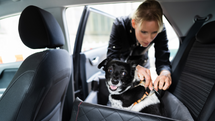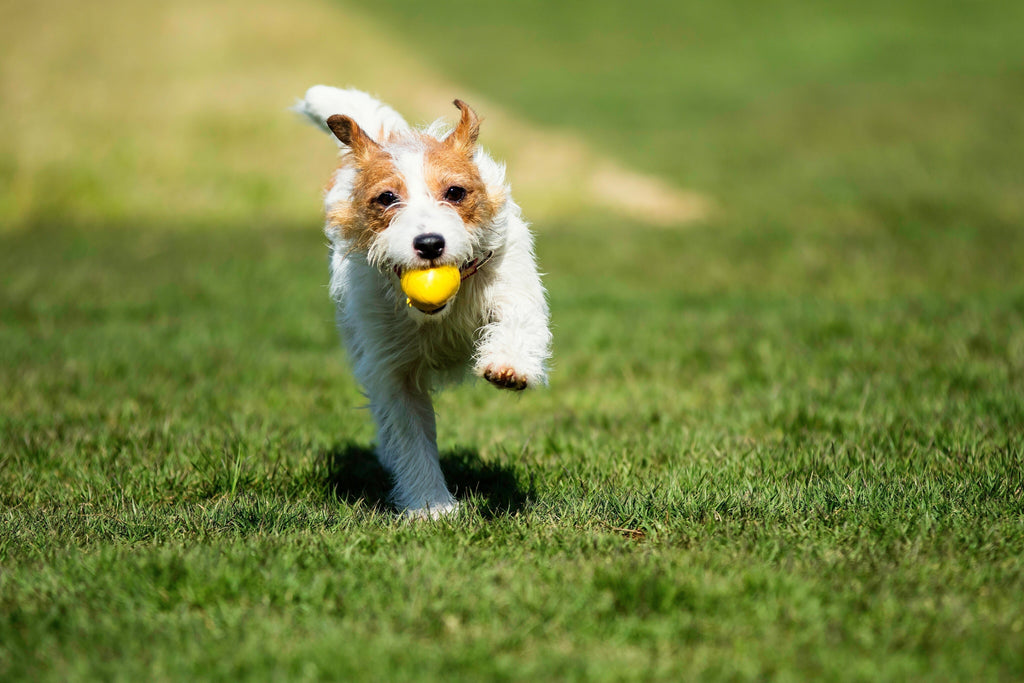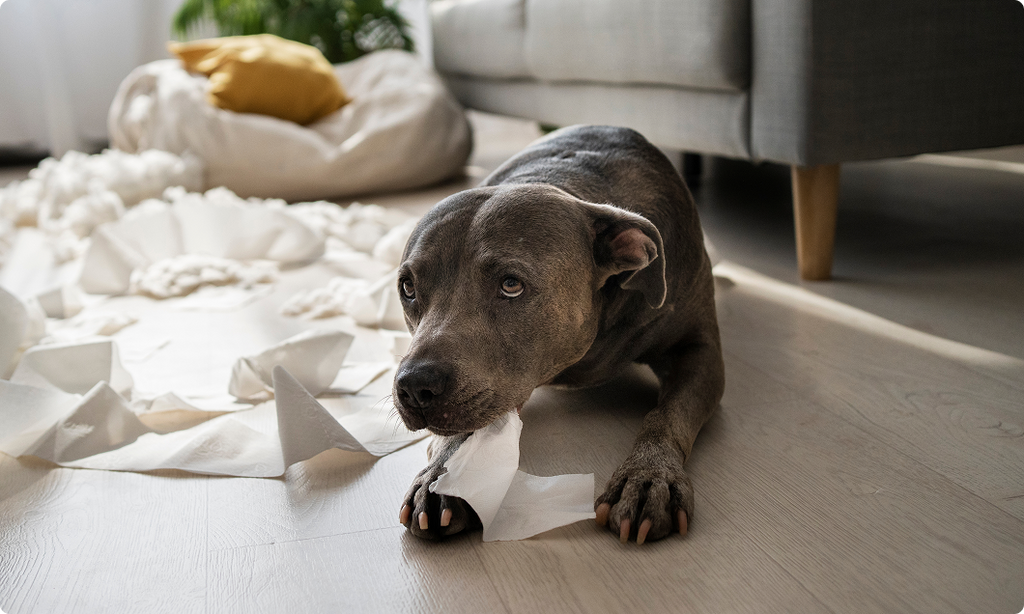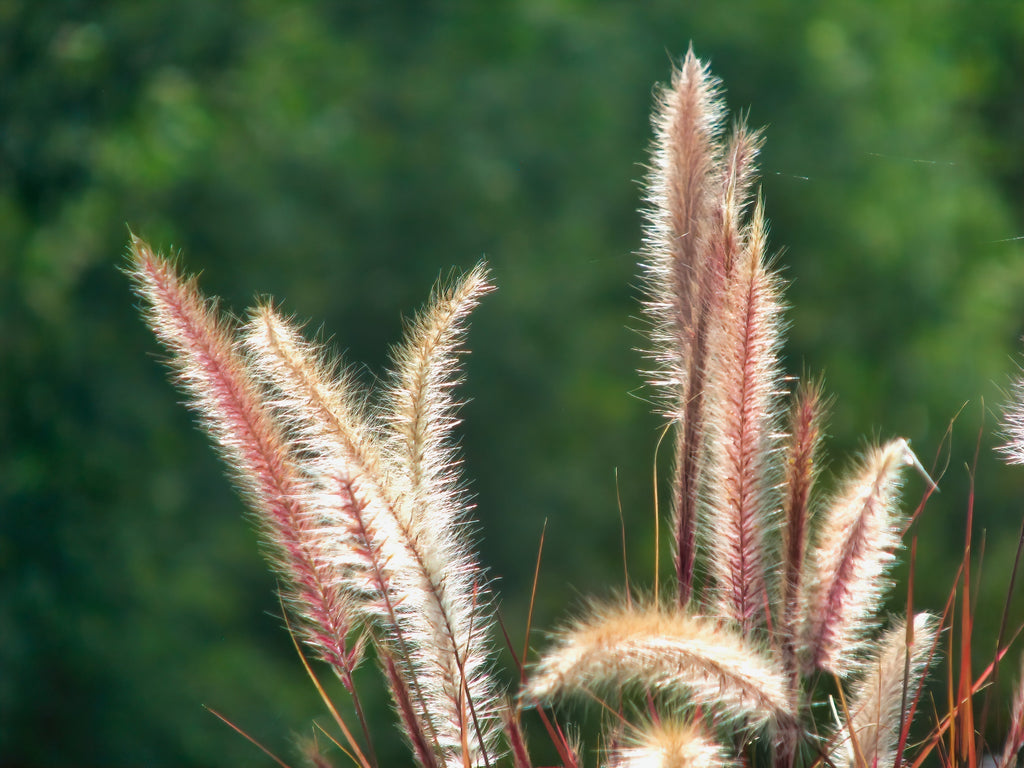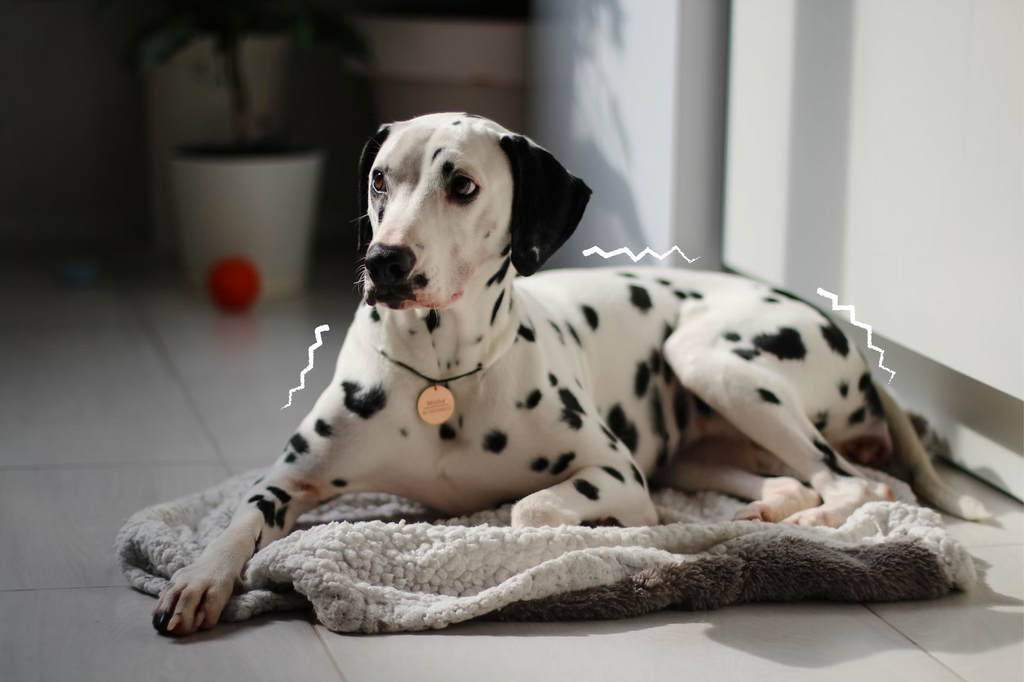A Guide to Getting Ready to Adopt an Adult Dog

Adult dogs can make some of the best canine candidates for adoption. They’re lovable, calmer, and oh-so-adorable! When you adopt an adult dog from the shelter, your get to avoid all the hyperactivity and often potty-training needs of a puppy. Plus, you’re giving a home to a dog that may be otherwise seen as ‘less-desirable to potential adoptees.
However, before you bring your best fur-friend home, there are things that you need to know. Adult dogs, just like puppies, have unique needs you should account for before you bring your furry friend to their new home. Don’t worry. You don’t have to figure it out all on your own. We're here for you, and you’ll find some of our best tips for preparing for an adult dog in this article!
Before you do anything else, be sure you truly are ready to become pawrent.
How do you know when it’s the right time to add another pet to your household?
Deciding when to add another pet to your household is a significant decision that involves careful consideration of several factors, and something one should never rush into, as it is and should be a lifetime commitment!
1. Current Pets
Your existing pets should be well-adjusted and displaying stable behaviour. Signs that your current pets are ready for a new companion include a calm demeanour, as they are generally calm and relaxed in their environment, positive socialisation, as they show positive interactions with other animals and people, and no recent changes, as there have been no significant behavioural issues or health problems recently.
2. Other household members
Your family should be fully on board and prepared for the additional responsibility. This means everyone in the household agrees to and is excited about the idea of a new pet. There should be a clear plan for who will take on the various tasks associated with pet care, such as feeding, walking, and cleaning. Additionally, family members, especially children, should understand how to interact with a new pet safely and kindly.
3. Financial stability
Adding a new pet involves additional costs, so ensure your budget can handle the extra expenses. Initial costs include adoption fees, initial veterinary visits, vaccinations, puppy proofing, and necessary supplies. Other costs to consider that may be ongoing are:
- High Quality Diet
- Accessories (Dog Bowl, Lead, Collar, Water Bowl, Poo Bags, Jumpers, Toys)
- Vet Check ups (every 6 months)
- Vaccinations, Flea and Tick Treatment and worming products
- Grooming
- Ongoing registration
- Potential medication
- Pet Insurance
- Daycare / Training / Pet Sitting (Including when you go away on holidays)
According to the Australian Government, In the first year, a cat or dog will cost you between $3,000 and $6,000. After your first year, expect to pay up to: $3,218 each year for a dog.
4. Time
You should have enough time to dedicate to a new pet, especially during the initial adjustment period. Consider your work schedule and daily routine, as a new pet will need time for training, bonding, and exercise. If your schedule is hectic, ensure there are family members, pet sitters and dog trainers available to help care for the new pet.
As a minimum, experts agree that you should spend at least 2-3 hours a day dedicated to your dog with 30 mins- 1 hour spent doing exercise and the additional time either via play, enrichment or cuddles. Dogs should never be left alone more than 6-8 hours at a time.
5. Living space
Your home environment should be suitable for an additional pet. Ensure there is enough physical space to accommodate another pet, including areas for sleeping, playing, and alone time. Additionally, the home should be safe and secure, with no hazards that could harm a new pet. If you rent or live in an apartment complex, make sure you have approval from your landlord or body corporate first, and abide by your state governments registration permits.
6. Research
Educate yourself about the type of pet you are considering. Understand the specific needs, behaviours, and potential health issues of the breed or species, as some breeds are more prone to long term health issues which can become quite costly and not covered by pet insurance. Additionally, be prepared with knowledge about training methods, dietary needs, and general care for the new pet.
The Reality of Dog Ownership:
Your life isn’t just yours–you have to share it with your doggo. You have to plan your day around your dog’s needs–meals, bathroom breaks and exercise. Evenings on the couch watching the television might end up being evenings playing fetch or tug of war. If you’re going to add a dog to your life, you need to be ready for changes.
What type of dog, size, age, etc. do you want?
When adopting an adult dog, be open-minded–the exact dog might not be available, but don’t adopt a dog that you are not happy with. Spend some time thinking about what type of dog you would like and start looking at the shelters near you. Looking online can help you narrow it down, but make sure that you do a meet and greet with your future pal, and you might want to meet more than once.
Sizing Up a New Best Friend

When it comes to dogs, you may be of the mindset that ‘bigger-is-better’. Or you may have a special place in your heart for petite puppas. When deciding on a size, take into account your lifestyle, budget, and family.
Smaller dogs can be a bit more fragile–yes, dogs do get underfoot, especially in the kitchen around dinnertime. If you have small children, a smaller dog may be more prone to injury from rough handling.
Large dogs tend to have short lifespans [2]. Many rental homes and apartments also have weight restrictions and breed restrictions centred on larger dogs. Unlike small dogs, a larger dog could ‘bowl over’ a kid should they be playing together. Big dogs also eat more food and have higher vet bills, since their medications tend to cost a bit more.
The three stages of dog adulthood
Age does matter with adult dogs. Each of the three stages has a few basic characteristics, and it is good to know what to expect when you bring your doggo home.
1. Young adult
A young adult dog is still a puppy at heart. They are probably their full height, but they might fill out a little bit. They aren’t quite as hyper and curious, but you can expect them to jump up on visitors, nip a little bit, and not listen to commands. They should be potty trained, but they will probably need a little more work with behaviour when they are on their lead.
2. Adult
An adult dog is fully grown, so what you see is what you get. Their behaviour should be evident, and the shelter staff should have a very good idea if they will need work on their behaviour. They might have some bad habits which you will need to work on. If they are deeply set, you might need the help of a professional.
3. Senior
These dogs tend to be very mellow. They have seen a lot and lived through a lot. There is a good chance that they will have health issues, and your shelter staff will let you know what they will need. Any behaviour problems could be very difficult to handle–”un-training” an older dog can be very difficult.
What Else Should You Do to Prepare for Your New Pawtner?

Adopting an adult dog comes with unique considerations. Often these relate to what your potential new dog has been through prior to meeting you. This means you will want to prepare mentally and have some resources on hand to handle these bumps in the road.
1. Talk to the Shelter Staff
Shelter staff can tell you what each dog is like. They can answer your questions about how each furball interacts with other dogs and people. While they might not know everything about the dog, they have been around them and seen how they act around people and other dogs. They will know about potty training, how they are on a leash, how energetic they are, etc.
Some adult dogs come with their own bad habits, things like:
- Barking
- Bathroom accidents
- Begging
- Chasing
- Chewing
- Digging
- Begging
- Chasing
- Jumping
- Nipping
- Tugging on lead
If their habits are not severe, you will be able to work with them and correct their habits.
2. Patience Makes for a Pawfect Puppa
It might take longer to bond with a dog that has been on its own for a while. They have been abandoned by their previous owner and put in an unfamiliar facility where they haven’t gotten as much attention as they deserve.
How to Prepare
Be patient with them, give them treats, scratch and pet them, and talk to them. Spend as much time as you can with your new dog once you bring them home, and before long, they will be at the door waiting for you when you come home.
3. Separation Anxiety May be an Issue
Many adult dogs from shelters have separation anxiety which you will have to deal with.
How to Prepare
Unless the case is very severe, you will be able to work with your doggo, and a little at a time, get them used to you being away. Give them a nice chew treat or their favourite toy before you go, and they will be so engaged that they will barely notice you have gone.
4. Do a meet and greet if you already have a dog
Your new adult dog might be particular about whom they play with, so it is important to bring your dog to the shelter to see how the two-act around each other. They might be a little hesitant at first, but given time, most dogs will warn others. But some dogs just don’t like certain dogs, and if that is the case, you should find one that your current doggo is more compatible with.
5. Might have an inherent fear of types of people (including children)
Because of past experiences, some dogs have an inherent fear of certain types of people. Make sure that you and your doggo (and family) are compatible before you sign on the dotted line and bring your furry pal home.
Preparing Your Home for Your New Dog

In addition to mentally preparing for your dog, you will want to gather all the supplies you need to help them settle in. These include:
1. A Crate
You might not want to use a crate, but it is wise to have one on hand when you bring your dog home, especially if they are sleeping in a crate at the shelter. Make sure it is big enough for your dog to stand, as well as lay down without disturbing their food and water dishes.
2. A Bed
Get a soft bed big enough for your doggo to curl up on comfortably. There are many styles and sizes. Pick one that seems to fit your dog’s personality. Make sure that it will be easy to wash–you will be happy that you did when laundry time comes.
3. A Food dish & water dish
Get two dishes, one for food, and one for water. Try to get one that is wide and shallow so that it won’t be easy to tip over. If your dog will be spending time in a fenced-in yard, you might want to get a set for inside and outside.
4. Healthy Food
Purchase the highest quality kibble or a biologically appropriate raw dog food before picking your pal up from the shelter. Make sure your dog’s food is age-appropriate, especially if you have a senior dog or if your dog has some special health issues. As you shop, look at the ingredients and check to see if there are ingredients that might not be good for your dog’s health.
Sometimes dogs get an upset tummy when you change their food, so you might want to find out what the shelter is feeding them and pick some of that up. Then you can transition them from that to the new brand that you want to use over the course of a few weeks.
5. Treats
Treats can go a long way in building a bond between you and your new dog. They will also help in correcting some of those little bad habits that they bring with them. Like their food, make sure that they are healthy, and get quality dog treats with a single ingredient or 2 or 3 at most. Using training treats or cutting larger treats down in size can help reduce the number of calories you’re providing and the likelihood of getting an upset tummy from the new ingredients.
6. Cleaning supplies
When you adopt a dog, there will be messes. Bathroom accidents, vomiting, spills, etc. Have a dog-safe cleaner and rags or paper towels, so that you can clean up the mess quickly. If you have rugs or carpeting, you might want to get an enzymatic cleaner as well.
7. Toys
Even older dogs like to play (just not quite as much as puppies). Welcome your new best friend home with a few pet toys they can call their own.
Toys are great for bonding as you play together. Some dogs like toys with squeakers, others prefer toys are good for a game of tug-of-war. Eventually, you will find out what your dog likes and you will be spending many hours playing together.
8. Other dog essentials
Before you bring your dog home, you need a collar or harness and a lead. Most shelters won’t let you leave without those items.
You will also need a brush if your dog has long hair or sheds.
And you will probably want some nail clippers to keep those nails short along with a good dog shampoo that won’t dry out their skin and coat.
9. Medications
It is important to keep your dog on their meds. Have heartworm and flea and tick medication on hand when you get your dog unless the shelter has treated them before pick up.
Think safety before your bestie arrives home

There are a lot of hidden dangers around the average home that can harm the health of a dog. To keep your dog safe,
- Keep all your cleaning supplies in a location that your dog can’t get to.
- Safeguard pesticides as well. Check your garage and shed, if you have them, for chemicals that might prove fatal to your dog. Pesticides, herbicides, fertilisers, auto oils and lubricants, antifreeze, etc. can all harm your dog.
- Walk around your yard and home and look for things that could be hazards. Ropes, wires, fencing outside, cords and electrical wires inside can all pose a threat to your dog.
- Look at things from your dog’s perspective–correct anything that could hurt them if they don’t know it’s there or is it something that they might want to play with or chew on that might damage my health.
Adopting an Adult Dog: A Gift That Lasts a Lifetime
An adult dog will enrich your life in ways that you never expect. You and your doggo will form a lasting bond, and you will have a devoted companion for many years. While you will need to be patient with your forever friend, you will find it’s worth every minute! And you will be learning as much about your new doggo as you will learn about yourself. Just remember to have fun and take photos along the way.
References:
[1]: https://www.thesprucepets.com/the-cost-of-dog-ownership-1117321
[2]: https://www.akc.org/expert-advice/health/how-to-calculate-dog-years-to-human-years/

